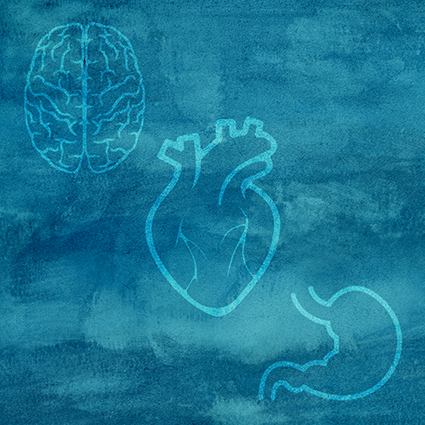What In The World Is Color Psychology ?

Color psychology is the study of how color affects human behavior. It’s a long-standing, field used in art, design, marketing, sports, medicine, and much more.
Despite its long history and widespread use, there’s a lot more to discover about how color affects people scientifically. Here’s are a few facts that have been scientifically proven.
We see certain colors more quickly than others.
Warm colors are stimulating and cool colors are calming.
A red room feels 10 degrees warmer, while a blue room feels 10 degrees cooler.
Colors can enhance the effectiveness of placebos.
The presence of green speeds healing.
Athletes perform better in certain colors and get penalized more in others.
Clearly, the responses to color are at once physical, psychological, and social, so identifying the strongest contributor(s) to a response(s) is no easy matter. The more social the response, the more likely it is to vary between individuals. Socially, color psychology has many layers – universal, cultural, regional, communal, individual. And then there’s time. Age (as well as gender) can also influence how a person perceives and interacts with color. An era or a moment can become important factors too. It’s complicated but it’s fascinating!
Color affects body, mind, and emotions. Color can be used by physicians to promote physical and psychological health, by businesses to brand identities and influence purchasing decisions, by political movements to propagate values and ideas, and by artists to communicate aesthetics and emotions. Color is a powerful communication tool that can be used to influence perception, mood, and action.
Considering the psychological dimensions of color consciously will give you a greater awareness of the phenomenon of color and improve your ability to communicate with it. Remember, there are shared responses to color and you have your own individual responses to color. Being able to tell the difference can be insightful. This mindfulness is something every visual artist will benefit from.
How will you use color?
Read more on Color Psychology here.
Learn more in my digital printing and digital photography workshops.





